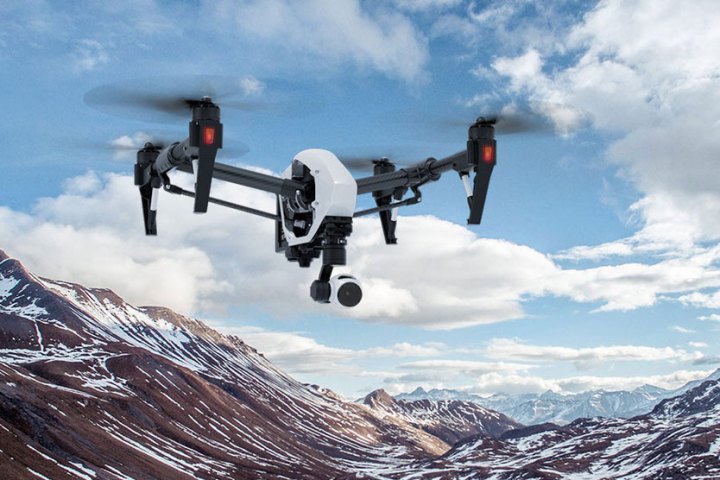
Before now, businesses wanting to use drones had to apply for special permission, a process that could take many months. However, the new regulations – unveiled by the Federal Aviation Administration (FAA) in June – do away with this procedure, allowing commercial outfits to incorporate the technology into their work far more quickly, so long as they stick to the new rules, of course.
They include operating drones weighing no more than 55 pounds, keeping them at an altitude below 400 feet, and at speeds no faster than 100 mph. In addition, they can only be operated during daylight hours, up to 30 minutes before sunrise and after sunset.
Most significantly, they also have to be flown within the line of sight of the pilot at all times, a rule that clearly messes with Amazon’s plan for a drone-based delivery service. Other big-name firms, Google and Walmart among them, also have plans for similar drone delivery operations, though such services are unlikely to get off the ground until a full-fledged air traffic control system for remotely operated and autonomous flying machines is firmly in place.
For some drone operations, including night flights and tasks that require a drone to fly above the 400-foot limit, businesses can still attempt to obtain special permission from the FAA.
In another notable change, the new rules also mean that commercial drone operators no longer have to be in possession of a pilot’s license for a regular airplane. Instead, anyone who wants to operate a drone for commercial purposes now has to gain a “remote pilot certificate,” which involves a basic knowledge test carried out at an FAA-recognized test center.
“With these rules, we have created an environment in which emerging technology can be rapidly introduced while protecting the safety of the world’s busiest, most complex airspace,” FAA Administrator Michael Huerta said in a release.
Industries interested in making use of the technology include agriculture, construction, surveying, conservation, and movie and TV production.
The FAA unveiled its first-ever set of comprehensive drone regulations in a 624-page document released two months ago, and said the new framework could help generate more than $82 billion for the U.S. economy and create more than 100,000 new jobs over the next 10 years.


